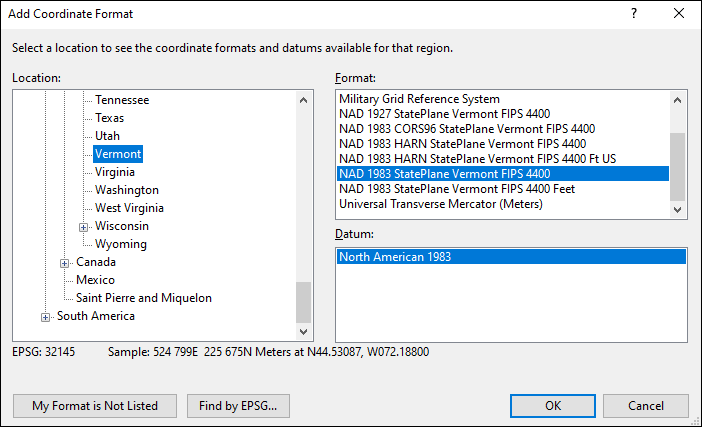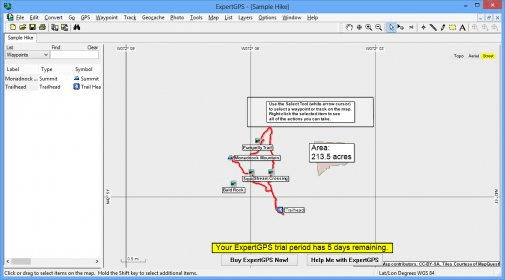

That’s it for points and paths from Google Earth. The “Label” data will be preserved, so that the shapes will have some ID associated with them. Step 5: Use EGPS2shp (described in a previous post) to convert the point and track data into separate point and line shapefiles (in geographic WGS84 coordinates). Step 4: Save the point and line data in EasyGPS as a GPX file.

With only a few tracks, this may be practical, but with a lot of tracks, you may find this more trouble than it’s worth. If you want to keep that track name associated with the line when you create a shapefile, you will have to copy the text in the “Name” box into the “Label” box. Although the tracks don’t have their names on-screen, they still have their names associated with them selecting them, right-clicking and choosing “Edit Track” will show that: The waypoints are marked on the screen with their original KML ID. Step 3: Open the point and line GPX file in EasyGPS: I’ll now delete the polygons, and save the point and line data as a GPX file in GPS TrackMaker.

The name labels in GPS TrackMaker are those assigned to those shapes in Google Earth. Here’s the same KML file opened up in GPS TrackMaker (I haven’t deleted the polygons yet): Here’s an image of a simple KML file in Google Earth, with two points, lines, and polygons: Step 2: Convert the KML file into GPX using GPS TrackMaker. Step 1: If the KML files consists of points, lines and polygons, it will be helpful if you can save the points and lines in their own KML file, then do the same for the polygons by themselves. But I’ve come up with a mildly painful, multi-step hack that will allow you to convert the point, path and polygon shapes to shapefile format, and which allows you to keep at least the object name associated with points and paths. I haven’t really found a good way to transform KML files to shapefile format, and certainly not one that preserves most of the attribute information or data associated with the shapes in the KML file. Note: See this series of posts for info on converting shapefiles to KML format.


 0 kommentar(er)
0 kommentar(er)
